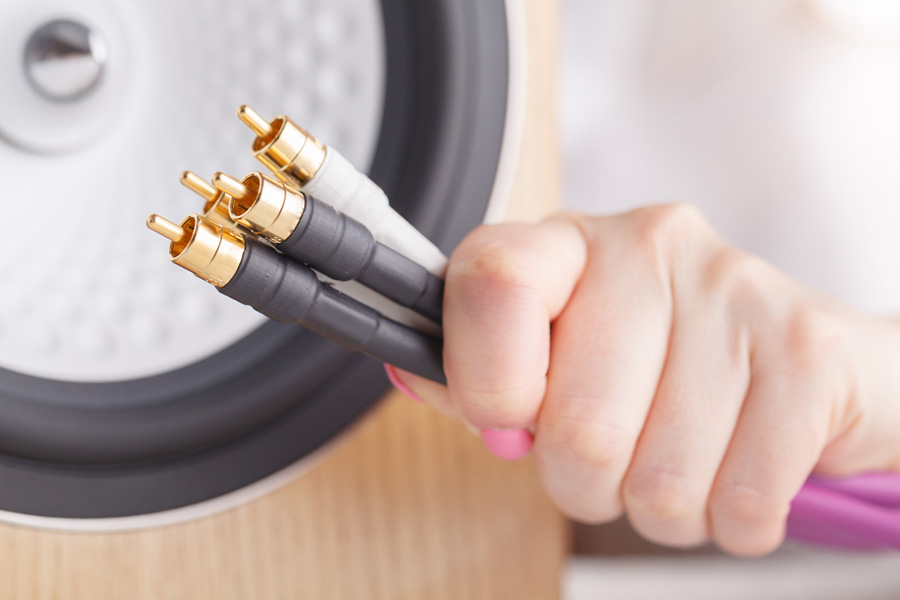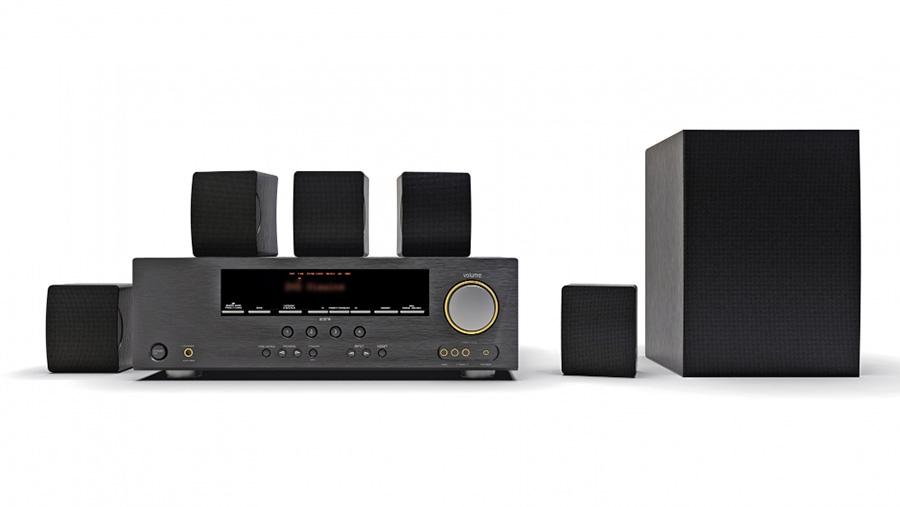Creating the perfect home theater experience requires more than just a great TV and surround sound system. One crucial element that often gets overlooked is the placement of your subwoofer. Proper subwoofer placement may enhance your movie-watching experience. But do you know where to place subwoofer in home theater?
This comprehensive guide explores the ideal place for optimum sound quality and bass response. It covers the physics behind low-frequency sound waves and how room dimensions, furniture arrangement, and listening position affect bass response.
You’ll learn tried-and-true techniques to identify the ideal location for your subwoofer, ensuring tight, punchy bass that fills the room evenly. Let’s learn how to elevate your movie-watching or music-listening experience!

Understanding Subwoofer Placement
The placement of your subwoofer plays a crucial role in achieving a balanced, room-filling bass response. It’s not just about cranking up the volume; the position of your subwoofer can make or break the low-frequency performance in your home theater.
However, improper placement can lead to boomy, muddy bass or dead spots. More elaboration on the placement follows below.
Why does deep bass matter?
Bass notes, typically below 80-100 Hz, create deep, resonating frequencies that add impact and realism to your cinematic experience. These low-frequency sound waves have long wavelengths, making them more susceptible to room interactions.
Therefore, a well-integrated subwoofer can deliver tight, punchy bass. This enhances special effects, music scores, and overall immersion in your favorite movies and shows.
Effects of room acoustics
Room dimensions and furniture placement can significantly influence bass response in your home theater. Low frequencies interact with room boundaries, causing areas of diminished bass (bass nodes) and excessive bass buildup (bass modes). Furniture, curtains, and other objects can also absorb or reflect bass waves, further impacting the overall bass distribution.
To achieve a smooth, even bass response throughout your listening area, you must find the right subwoofer placement. Proper placement helps minimize room-induced anomalies, enhancing your overall audio experience.
Where to Place Subwoofer in Home Theater
The ideal subwoofer placement in a home theater can vary. You should position it in the corner to maximize bass output and minimize localization effects.
Corner placement allows the low-frequency waves to reinforce themselves. This results in a significant bass boost of up to 9 dB, perfect for a more visceral, immersive bass experience during movies and music.
Additionally, when positioned in a corner, the subwoofer’s output becomes more evenly distributed, making it harder to pinpoint the source of the bass. This creates a seamless, enveloping sound stage where the bass emanates from all around, enhancing overall immersion in your home theater setup.
But which way should a subwoofer face home theater? It should generally be positioned in a front-firing orientation, facing the main listening area.
Alternative Subwoofer Placement Options
When placing your subwoofer, you should consider different positions besides the corner, which is popular for maximizing bass. If you place the subwoofer along the front wall near your main speakers, it can blend in with the speakers, making everything sound more connected. Just watch for too much bass building up in that spot.
Furthermore, putting the subwoofer right in the middle of the room can spread out the bass more evenly, especially if your room is rectangular and doesn’t have a lot of stuff in the way. But things like how big your room is, where your furniture is, and even what kind of floors you have can change how the bass sounds.
If your room is big, you might need more than one subwoofer to get the bass right. And if there are many shiny surfaces in your room, they could make the bass sound too loud in some spots. So, carefully consider your room’s unique characteristics when you’re trying out different places for your subwoofer.
Room Acoustics and Bass Management
When it comes to getting the best sound from your subwoofer, it’s not just about where you place it. You must consider how your room’s acoustics can affect its performance. Room modes, caused by resonant frequencies from the room’s dimensions, can create areas where bass either builds up too much or cancels out.
To tackle these issues, you can strategically position bass traps, acoustic panels, and even furniture in your room. These help to absorb or diffuse sound waves, reducing the impact of room modes. But it doesn’t stop there. You must also adjust your subwoofer’s settings to integrate it smoothly with your main speakers.
This means tweaking your AV receiver’s crossover frequencies, phase, and level controls. Doing this ensures that the bass from your subwoofer blends seamlessly with the rest of your audio. Additionally, adding acoustic panels and diffusers can further refine your sound.
These might help minimize unwanted reflections and standing waves, resulting in tighter and more precise bass. Remember, it’s about where you place your subwoofer, how you treat your room and how you manage your bass for the best low-frequency response possible.

Conclusion
Understanding the physics behind low-frequency sound waves helps you make informed decisions to achieve a balanced, impactful bass response by considering how they interact with your room. So, now you know where to place subwoofer in home theater for ideal results.
Whether you opt for the classic corner placement or explore alternative positions, the key is finding the sweet spot. This minimizes room modes and provides an enveloping cinematic experience.
With the right placement, your home theater will come alive with tight, punchy bass. Combine this with bass management settings and acoustic treatments for an experience that elevates your movie-watching and music-listening to new heights.
Unleash the full potential of your subwoofer today!

